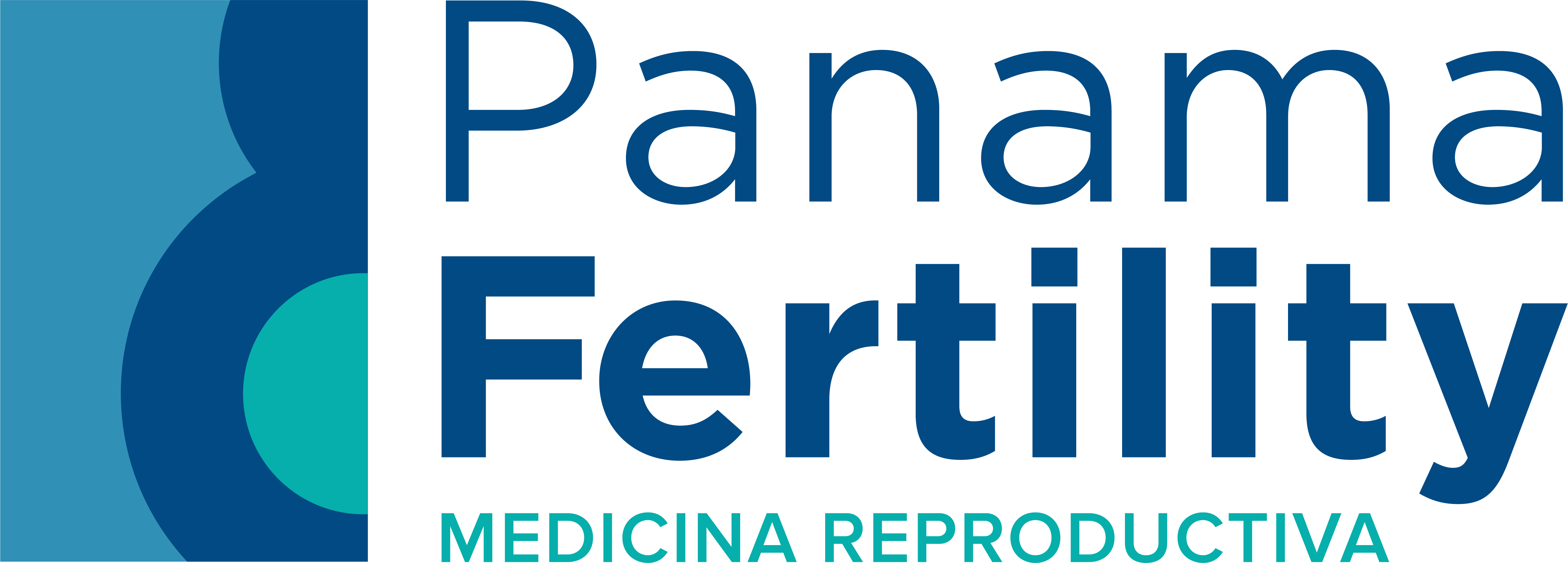IVF - In Vitro Fertilization
In Vitro Fertilization (IVF) is an assisted reproductive technique that involves combining eggs and sperm in a controlled laboratory environment.
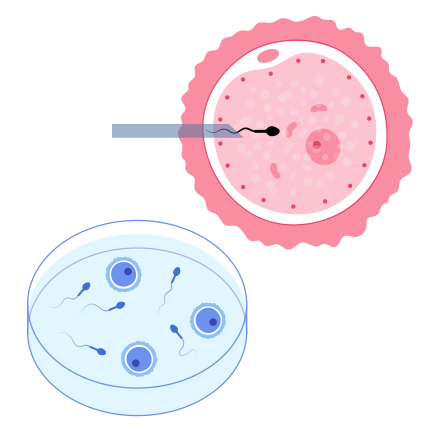
In Vitro Fertilization in Panama
What is In Vitro Fertilization (IVF)?
IVF is recommended for couples who have difficulty conceiving naturally, due to various reasons, whether originating in the woman’s or the man’s body.
IN VITRO Fertilization (IVF)
In Vitro Fertilization (IVF) in 4 Steps


Ovarian Stimulation
We stimulate your ovaries with hormonal medication to encourage the development of follicles.
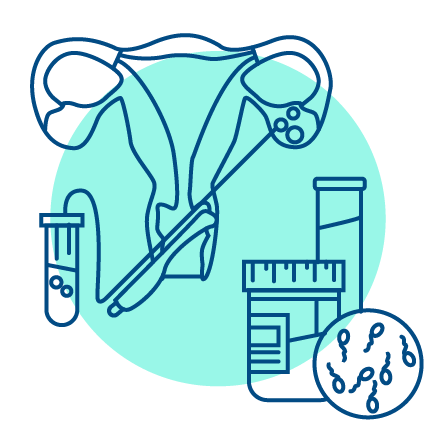
Extraction and Collection
We retrieve the resulting eggs and/or sperm to be used, following the most advanced techniques.

Fertilization and Embryo Culture
Eggs and sperm are combined in a controlled laboratory environment to achieve fertilization.
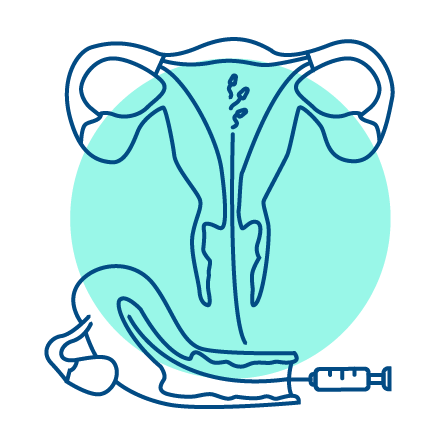
Ovarian Stimulation
The resulting embryos are transferred to the uterus via a catheter in a quick and simple procedure.
Step 1 of IVF
Ovarian Stimulation
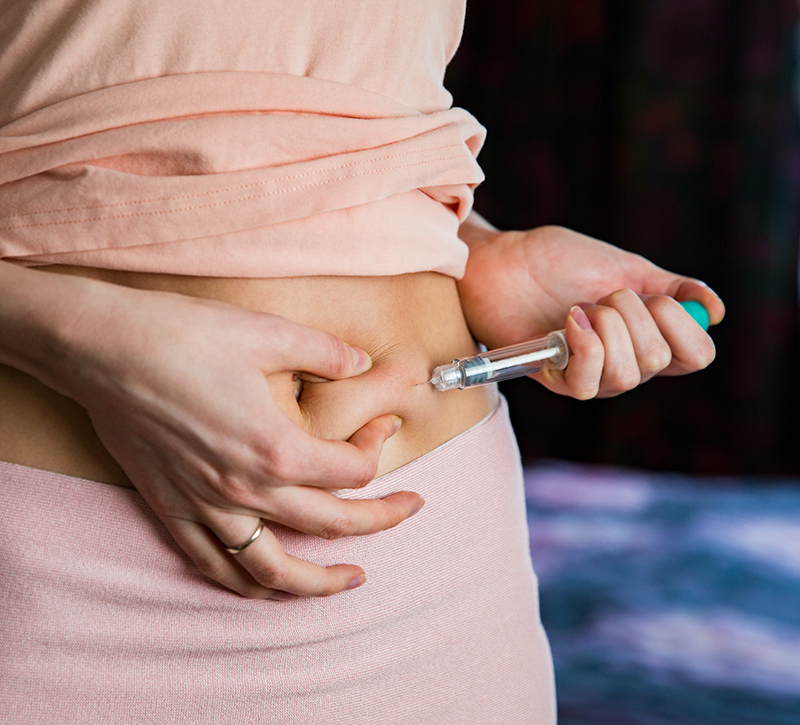
Ovarian Stimulation
IVF is recommended for couples who have difficulty conceiving naturally due to various reasons, whether originating in the woman’s or the man’s body.
Step 2 of IVF
Extraction & Collection
Egg Retrieval
Your fertility specialist will quickly extract the mature eggs from the ovaries. Patients can typically leave the clinic after an hour and only require mild pain relievers for any discomfort once the sedation wears off. The number of eggs obtained will depend on your age, medical history, medication protocol, and response to the medications.
After the extraction, we prescribe progesterone to prepare the uterus for embryo transfer.

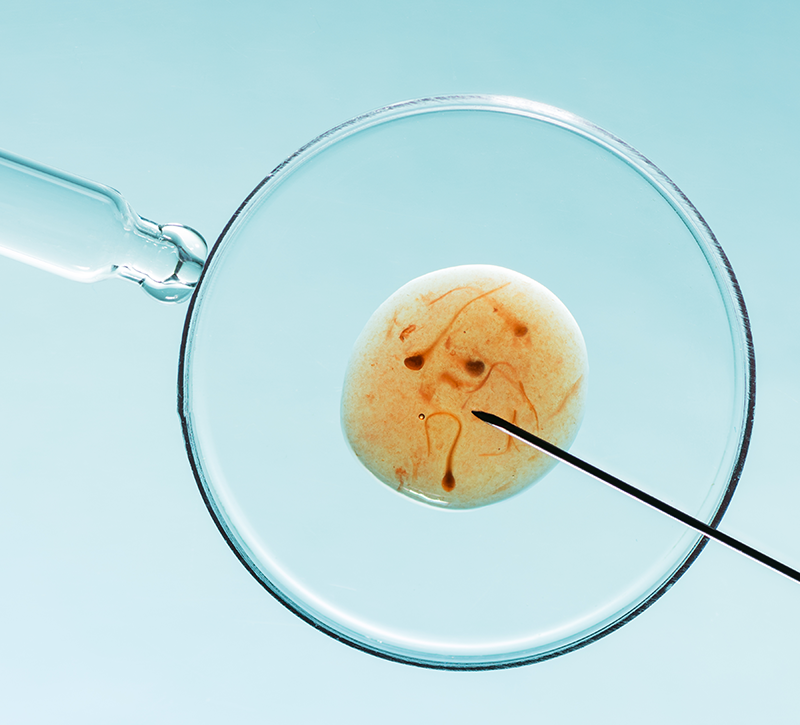
Sperm Collection
Once this process is complete, the concentrated motile sperm will be transferred to the location where fertilization will occur.
Step 3 of IVF
Fertilization and Embryo Culture
Fertilization
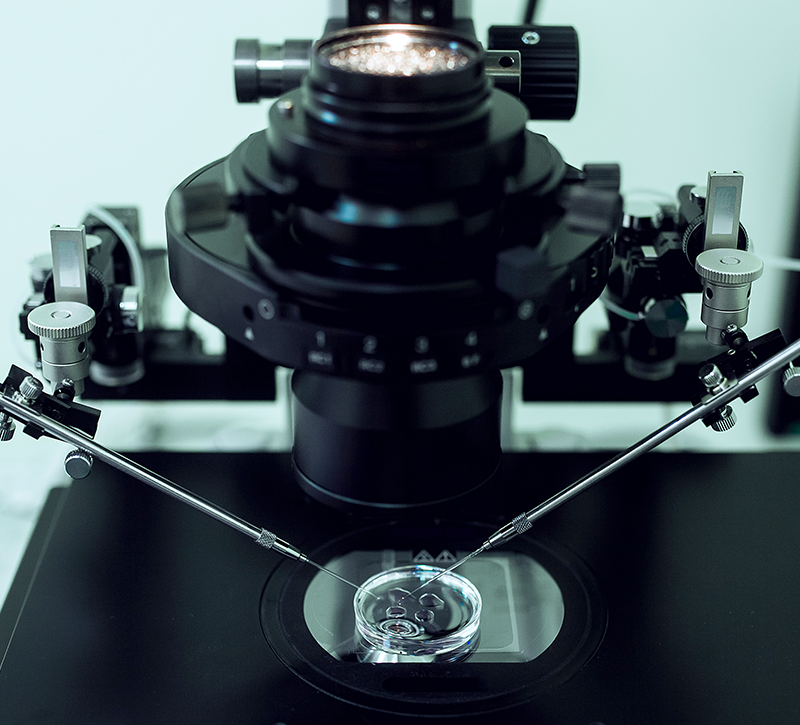
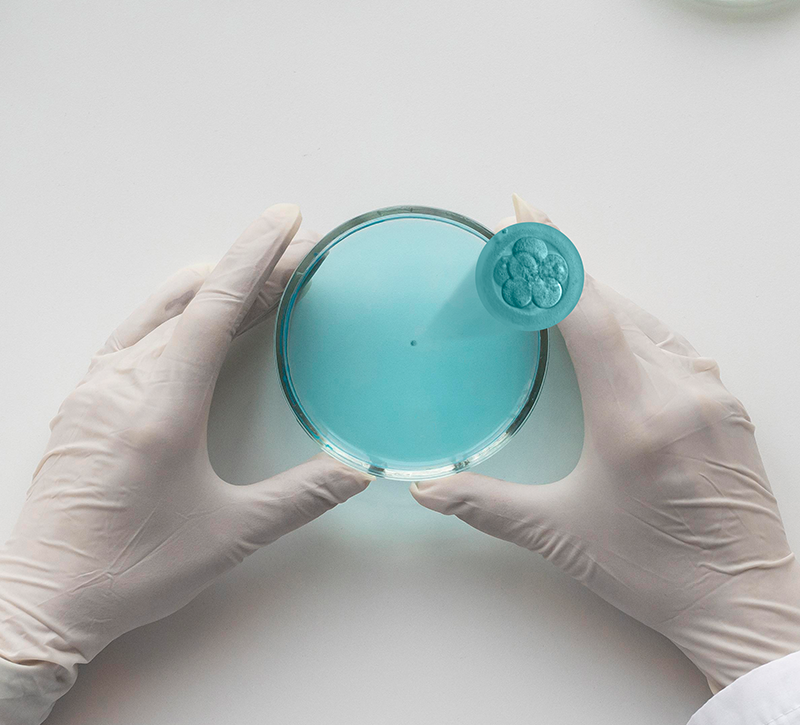
Embryo Culture
The embryologist will grade the embryos based on their quality and select the best ones for transfer to the uterus.
Step 4 of IVF
Embryo Transfer
Embryo Transfer
In some cases, such as patients opting for preimplantation genetic testing (PGT-A) or a frozen embryo transfer, the embryo transfer is postponed by approximately one month, and all embryos must be cryopreserved. Any remaining embryos after a fresh transfer are also cryopreserved.
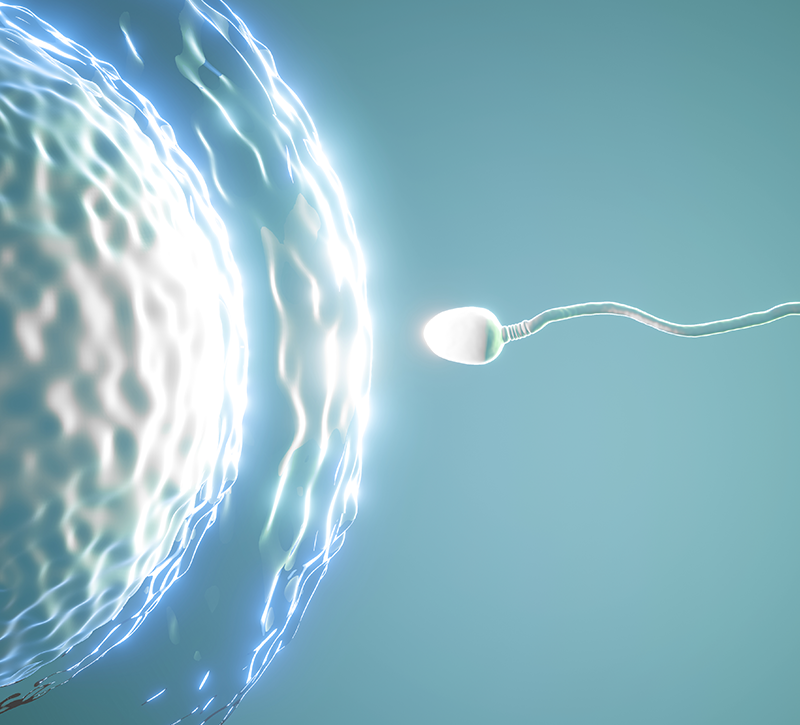
What Problems Can IVF Help With?
- Blocked or damaged fallopian tubes
- Endometriosis
- Mother's Age
- Problems related to the quality or quantity of eggs
- Low sperm count or poor sperm motility
- Unexplained Infertility
- Genetic Problems
- Recurrent pregnancy losses
DIFFERENT IVF
What are the different types of IVF?
There are different types of IVF, including:
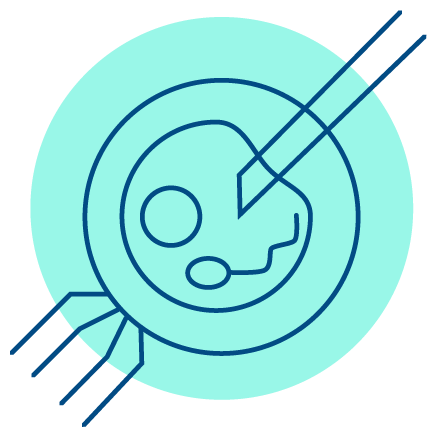
Using Own Eggs
It is the most common type of IVF and involves using the patient's eggs to create embryos.
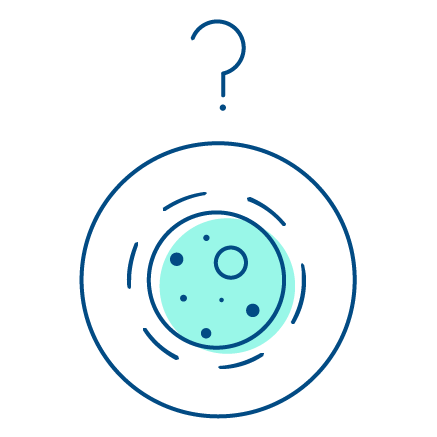
Using Donor Eggs
In cases where the patient's eggs are not viable, donor eggs can be used in IVF to create embryos.

Reciprocal IVF
Reciprocal IVF is a type used by same-sex female couples who want to share childbearing. In this process, one partner undergoes ovarian stimulation and egg retrieval, and the resulting embryos are transferred to the uterus of the other partner.
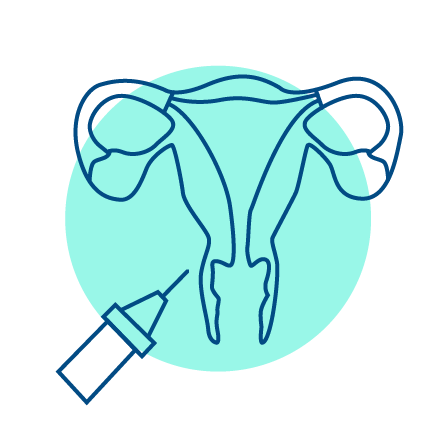
IVF for Single Mothers
IVF can help single women who want to have children but do not want to or do not have a male partner, with this treatment they can start their maternal life.
Success Rates

Our success rates are 30% higher than in the region and higher than in the United States. Our doctors are highly qualified and use the most advanced technology available. We offer affordable financial options to help make your fertility treatments accessible.
First attempt
Second Attempt
Third Attempt
IVF Cost
At Panama Fertility, we are committed to making fertility treatment more affordable and accessible to our patients. We understand that the cost of treatment can be a major barrier to starting or continuing fertility treatment, and we have developed a number of financial programs to help ease this burden.
National Patients
We offer a wide variety of payment methods, including 0% Interest Payment Plans on select credit cards, Discount Programs and Financial Assistance where you can benefit from a 15% discount on our treatments, and a 100% cash back program. In addition, we offer multi-cycle discount programs, which offer a 38% discount on individual treatments.
National Patients
We understand that traveling to Panama for treatment may add to the total cost of treatment. To help minimize travel expenses, we offer the option to monitor ovarian stimulation locally with your doctor (and we take care of this), and then travel to Panama for the extraction. The extraction process usually requires a stay of approximately 48 hours.
